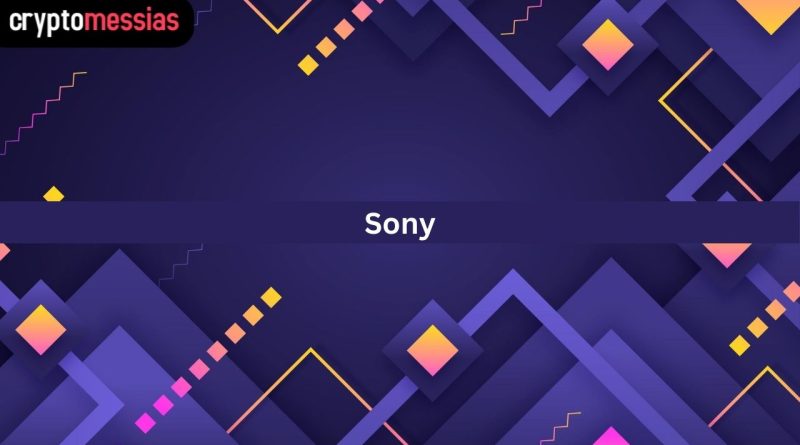NFT transfers between devices and ecosystems are allowed by Sony’s patent
Sony Interactive Entertainment has filed a patent for non-fungible tokens (NFTs) that can be transferred between different games and consoles. Assets will be more interoperable between games, as well as hardware like VR headsets, computers, and consoles.
A Web3-interoperable gameplay experience would be available to Sony PlayStation players. In-game assets can be transferred between VR headsets, tablets, computers, and smartphones. The NFT “may be employed cross-generationally (for example, from PS4 to PS5) in some circumstances,” according to the patent application.
Diverse gaming ecosystems interoperable
In some example embodiments, the task could be winning an esports competition, and the first end-user entity could employ the digital asset via the NFT across numerous computer simulations, according to the patent application, which also discusses how NFTs would operate for achievements and competitions. The framework, according to Sony, is intended to operate with items outside of the Sony ecosystem, such the Xbox or a “cloud-based video game,” enabling assets to be completely transferrable and useful across various gaming ecosystems.
This move toward interoperability is a significant step forward for the gaming industry, which has traditionally been closed off and siloed, with players frequently unable to transfer assets between different games and platforms. However, as blockchain-based gaming and NFTs gain popularity, the industry is looking into ways to create a more open and interconnected gaming ecosystem. Sony’s patent filing is a positive step, and if approved, it could result in a more seamless and integrated gaming experience for players.
Avoiding NFT duplication
The patent application also mentions having the option to “prevent the task from being performed in other instances of the computer simulation that are conducted, and/or denying to issue additional NFTs for subsequent additional performances of the work.” This feature stops players from performing the same chores repeatedly to earn the same NFTs across several goods or games. This function makes an effort to prevent NFT duplication, which would make them less rare and distinctive. By restricting players from obtaining the same NFT more than once, NFTs are protected for their value and scarcity, making them desired and valuable assets.
Increasing visibility in the Web3 space
Recently, Sony has taken steps to increase its Web3 footprint, forming alliances and piloting early blockchain-based products. The business introduced motion-tracking wristbands in November that let players use their bodies to control their avatars in real-time. In February, the internet service provider part of the corporation, Sony Network Communications, teamed up with blockchain network Astar to start an incubator program for businesses working to create decentralized autonomous organizations (DAO) and NFTs with practical applications.
Sony’s decision to embrace Web3 and blockchain-based gaming is a symptom of the industry’s rising interest in the technology. Blockchain and NFTs are emerging as major technologies that could alter the industry as the sector looks for new methods to develop more immersive and participatory gaming experiences. Companies like Sony are putting themselves in a leadership position for the future generation of gaming by embracing these technologies.
Conclusion
The filing of Sony’s NFT transferability patent is a significant milestone in the creation of a more open and connected gaming ecosystem. Allowing players to transfer in-game assets between different devices, games, and platforms improves the gaming experience’s overall integration and seamlessness. The function of the patent application to prevent NFT duplication ensures that their rarity and uniqueness are preserved, making them valuable assets.
Visit Bitdenex Exchange to Buy and Sell crypto in minutes with low trading fees.

